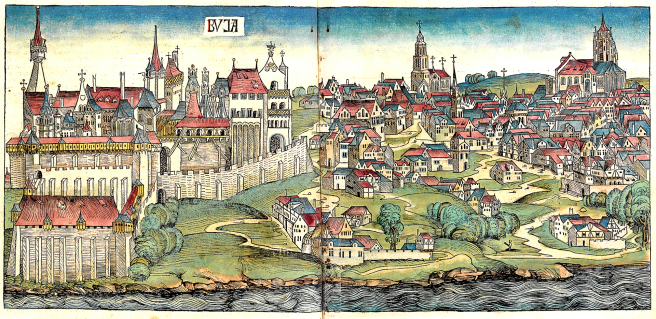
Castle District (Várnegyed) is part of the beautiful, storied District I, on the hilly Buda side. My characters the Goldmarks lived there before the German occupation of 1944–45 forced them to the two ghettoes on the Pest side. When they return for a few brief visits after the war, it’s in a sad shambles just like most of the rest of the city.
The obvious landmark is Buda Castle, which gives the area its name. The first incarnation was completed in 1265, on the southern tip of Castle Hill. The oldest surviving part was built in the 14th century by Duke István of Slavonia. Over the years, it underwent many expansions and repairs. During the Ottoman sack of Buda in 1526, the castle was preserved (though ransacked). Three years later, however, there was another Ottoman siege of Buda, and this time the castle was severely damaged.

The castle was further destroyed during the Battle of Buda in 1686. It wasn’t until the 18th century that it began to be seriously rebuilt and used for any purposes, and then there was a fire in 1810. More remodeling and repairs followed, and then it was left in ruins after the fighting of 1944–45. Today, it’s been rebuilt, and was named a UNESCO World Heritage Site in 1987.
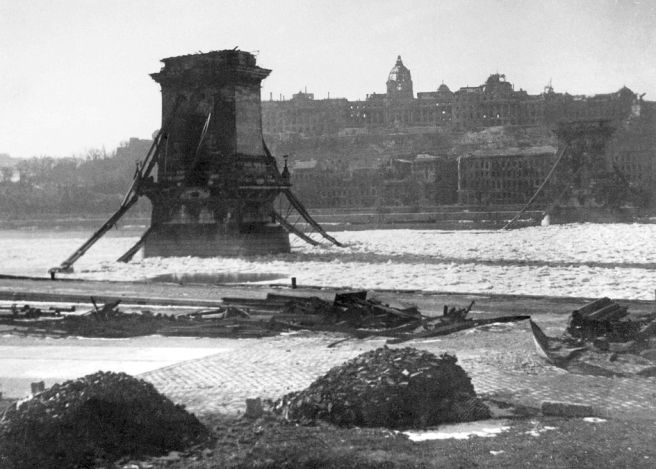
1946

2015, Copyright Bjoertvedt
Other landmarks include Vienna Gate Square (Bécsi Kapu Tér), the only surviving Old Town gate; the National Archives; the Europe Grove (where the majors of all major European cities planted rare trees in 1972); the Mária Magdolna Tower (the only church used as a church during Ottoman occupation, later destroyed during WWII but for the bell tower); the Military History Museum; Holy Trinity Square (Szentháromság Tér); and Mátyás Church.

Grand Arch of Buda Castle Tunnel, Copyright Prabhachatterji
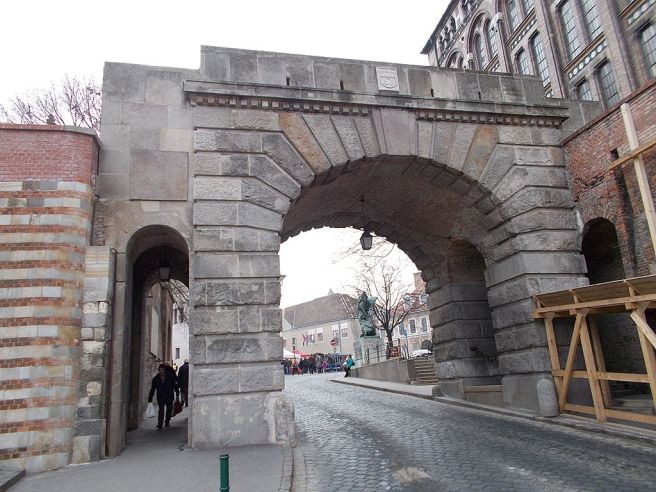
Vienna Gate, Copyright Globetrotter19
Castle District historically was not only the residence of royalty, but of well-to-do commoners. This is a place of mansions, museums, villas, old-fashioned crooked, cobbled streets, Medieval houses, cafés, and fine restaurants. It also contains the northern part of Gellért Hill.
I made this the pre-war residence of the Goldmarks because they’re upper-middle-class, and the widowed Mrs. Goldmark in particular is very genteel and refined, always dressed in fine clothes and cooking the nicest foods possible. It’s a stark contrast to the working-class background of the rest of the native Hungarian members of the ensemble cast!
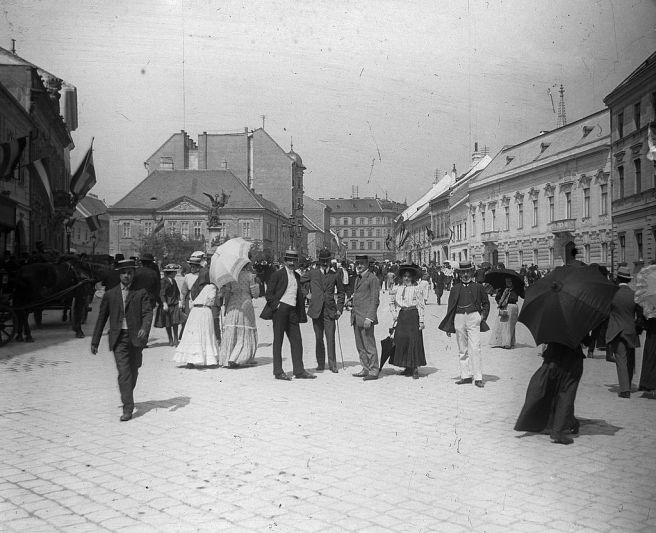
Dísz Tér, 1906
Mátyás Church is one of the other major landmarks of Castle District. According to tradition, the original church was built in 1015 in Romanesque style, though nothing remains of this reputed first incarnation. In 1214, the Mongols destroyed it. The present church was built in Gothic style starting in 1255, and completed by 1269. Through the 14th and 15th centuries, there was much remodeling and expansion. This was Medieval Buda’s next-largest church.
During the first year of Ottoman occupation in 1526, much of the church was destroyed. After the fall of Buda in 1541, Sultan Suleiman the Magnificent celebrated his victory there, and it was turned into a mosque. Only in the late 19th century was it satisfactorily rebuilt. Like 80% of Budapest, it was left in ruins from WWII, but today is fully restored.
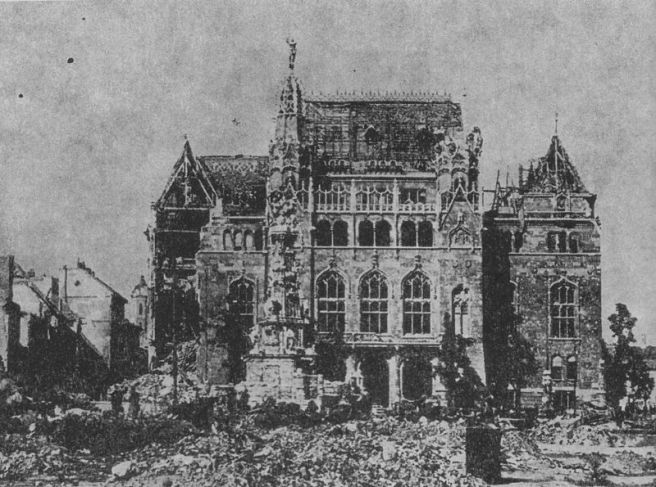
Mátyás Church in ruins, 1945, Copyright Jenő Rados

2016, Copyright Thaler Tamas
All the city’s churches were turned into mosques under the Ottoman occupation, but Mária Magdolna remained Christian. Though it began life as a Catholic Franciscan church, both Protestants and Catholics worshipped there by default. Eventually, it too was turned into a mosque. During WWII, only the 15th century bell tower escaped the bombings.
The bell tower opened to the public as a museum in May 2015. With 24 bells, it has one of Hungary’s greatest chimes.
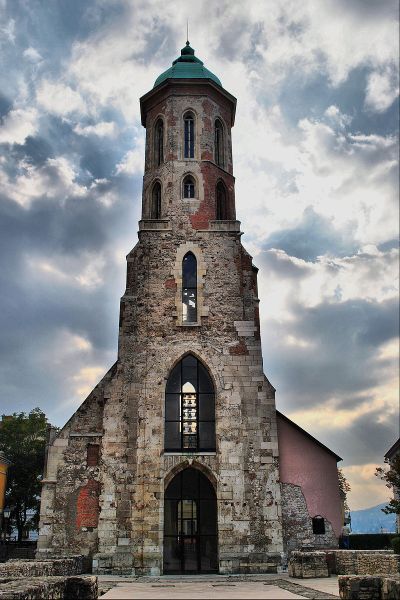
Copyright Puffancs, Source Indafotó

Detail of bell tower, Copyright Thaler
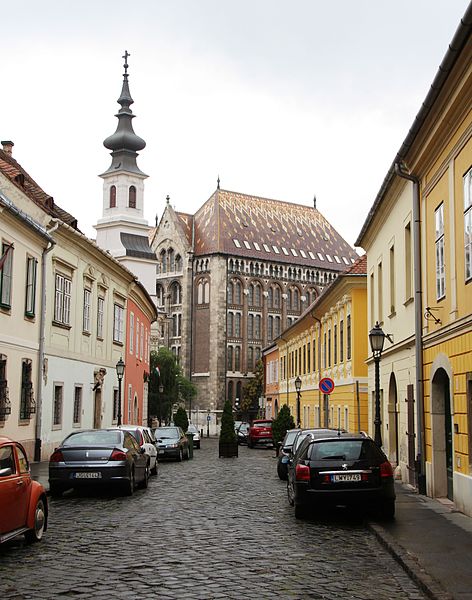
Typical cobblestone street view, Copyright Bjoertvedt


A wonderful combination of detailed information and beautiful photographs, as always.
Bunny and the Bloke
LikeLike
When I was doing my thesis in archaeology, I worked at the Hungarian Archaeology Institute up in the caste district (just behind the belltower). I took the Castle Bus up there every day, and spent my lunch breaks wandering around in the district. It is a lovely place to spend some time. I always bring visiting foreigners up there. 🙂
The Multicolored Diary: WTF – Weird Things in Folktales
LikeLike
It’s amazing the culture in these old cities, something America doesn’t have because we haven’t been around for hundreds and hundreds of years.
LikeLike
beautiful photographs!! love the history of the city’s churches. fascinating.
Joy @ The Joyous Living
LikeLike
Thanks for the trip from my couch! The photos are fantastic, and really capture the feeling as well as the place.
Candidly; The Work of Writing: Two
Isa-Lee Wolf
A Bit 2 Read
@IsaLeeWolf
LikeLike
We chose the same word today!
—–
Eva – Mail Adventures
C is for Castle.
LikeLike
The rebuilt structures are rather impressive.
LikeLike
I have never been to Europe (hope to, one day, to visit sites associated with World War II). I have visited cities in the United States destroyed by the Civil War and seeing pictures of the ruins vs. how the cities look today is humbling. I can hope we in the United States never go through that experience again. I grew up among many refugees of World War II in the Bronx and that may be where my interest comes from.
LikeLike
Simply beautiful. I love your descriptions and the photos. Nice job.
LikeLike
Such amazing architecture. It always amazes me what beautiful structures human beings are capable of producing.
Tasha
Tasha’s Thinkings – Shapeshifters and Werewolves
LikeLike